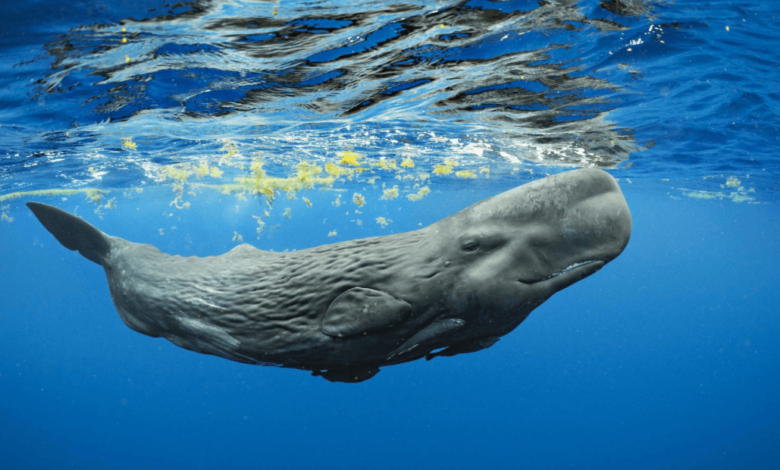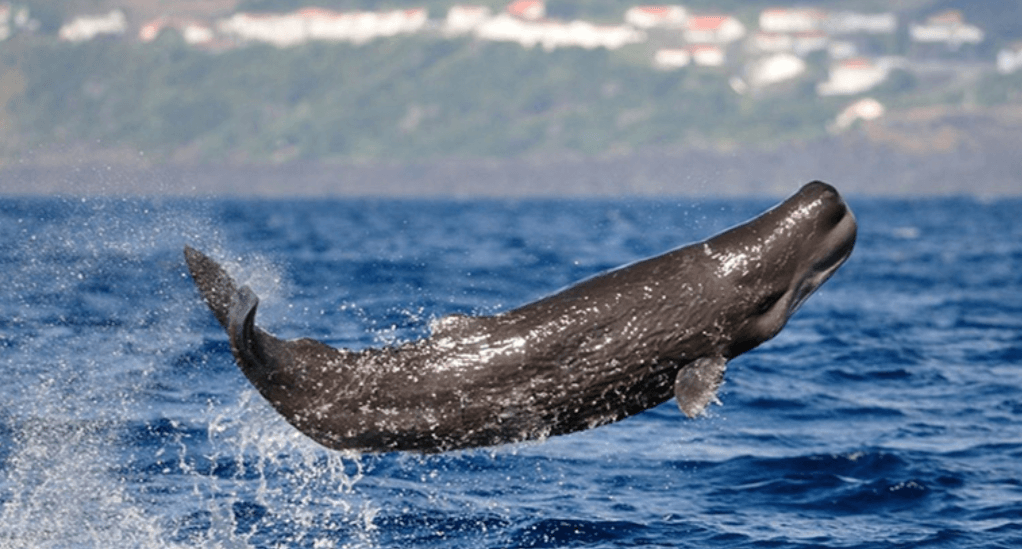Baby:_Dy07h40hpa= Sperm Whale

Baby:_Dy07h40hpa= Sperm Whale whales is marked by a fascinating interplay of maternal care and social structure, which are critical for their development. These calves are entirely reliant on their mothers for sustenance, navigating a world rich in challenges and opportunities. As they mature, they acquire essential skills, such as echolocation, that will later aid their survival in the vast ocean. However, the journey from dependence to independence is fraught with threats that could jeopardize their future. What specific challenges do these young whales face as they adapt to their environment?
Life Cycle of Baby Sperm Whales
The life cycle of baby sperm whales, known as calves, is a complex process characterized by distinct developmental stages.
Initially reliant on maternal milk, these calves exhibit rapid growth during their early months, which is crucial for their survival.
As they mature, their feeding habits evolve, transitioning from exclusive dependence on their mothers to hunting small squid and fish, marking significant growth stages.
Physical Characteristics and Adaptations
Sperm whales exhibit a range of physical characteristics and adaptations that enable them to thrive in their marine environment.
Their substantial blubber insulation provides thermal protection in cold waters, while their remarkable echolocation abilities facilitate navigation and prey detection in the ocean’s depths.
These adaptations underscore the species’ evolutionary success, allowing them to occupy diverse ecological niches within their aquatic habitat.
Maternal Care and Social Structure
Maternal care in sperm whales is characterized by a strong matrilineal structure, where females play a central role in nurturing and educating their calves.
These nurturing behaviors are essential for calf development and survival, facilitated by intricate pod dynamics.
Social bonds within pods enhance cooperative care, as experienced females share knowledge and strategies, ensuring the continuation of cultural practices and strengthening familial ties.
Read Also Baby:_Gvppdnshwc= Otter

Threats and Conservation Efforts
Threats to sperm whales are multifaceted and pose significant challenges to their populations and habitats.
Habitat destruction, primarily from industrial activities and climate change, compromises their breeding and feeding grounds.
Additionally, inadequate hunting regulations allow for unsustainable practices, exacerbating their decline.
Conservation efforts must focus on stringent regulations, habitat protection, and international cooperation to ensure the long-term survival of these majestic marine mammals.
Conclusion
Baby:_Dy07h40hpa= Sperm Whale and resilience characterizes the life of baby sperm whales. Dependent on maternal care for survival, these calves thrive within matrilineal pods that foster social learning and cooperative strategies. As they mature, the transition from reliance on milk to mastering echolocation and hunting techniques illustrates a remarkable adaptation to their environment. Despite facing numerous threats, ongoing conservation efforts aim to protect these majestic creatures, ensuring the delicate balance of marine ecosystems remains intact.





